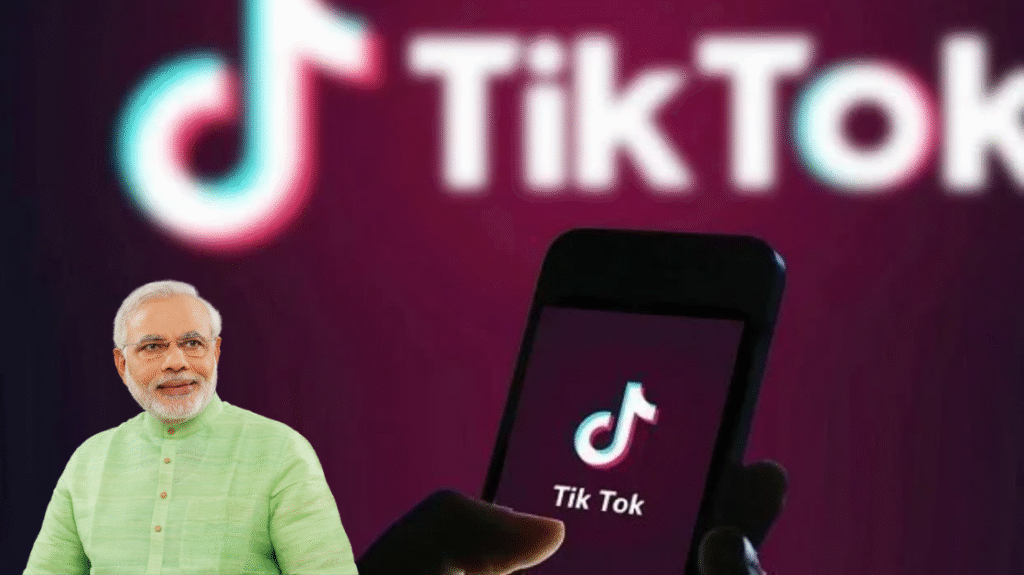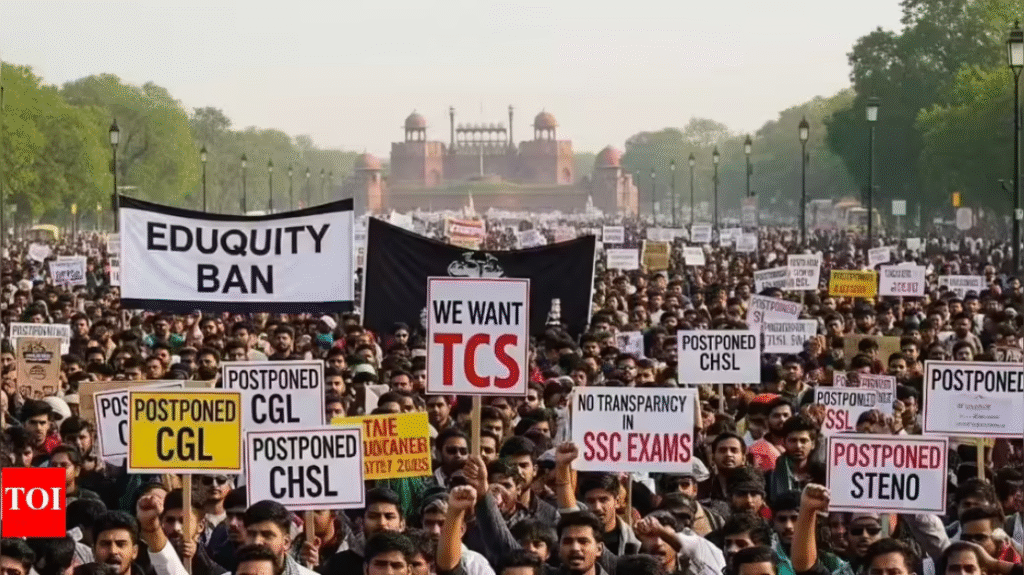Unanticipated access to TikTok’s website by a few Indian users set off a media storm and social media frenzy this week. Some users reported being able to load the homepage of the banned short-video app, stirring speculation about a potential return. However, government and company sources have strongly denied any policy changes.
Accessed by Few, But No Official Unblocking
Multiple Indian users found themselves able to visit the TikTok website momentarily, though unable to view videos or log in—raising hopes of a comeback. Yet, the Indian government promptly issued clarifications, stating no directive has been issued to lift the ban. Describing reports of unblocking as “false and misleading,” officials emphasized that the ban remains firmly in place. Similarly, TikTok issued a statement confirming there has been no restoration of access, and that they continue to comply with the ban under Section 69A of the IT Act.
Likely a Technical Glitch
Technology experts and government insiders suggest this sudden visibility is likely due to a network misconfiguration—similar to past incidents where restricted websites inadvertently became accessible during routine ISP updates or patches.
Political Backlash and Diplomatic Undertones
The timing of this glitch—against the backdrop of improving India–China ties—led political parties to react sharply. The Congress likened the development to a “ceasefire with Pakistan,” criticizing the government for being lenient toward China and raising concerns about national security.
Revisiting the 2020 Ban
TikTok, along with 58 other Chinese apps, was banned in June 2020 in response to the Galwan Valley clash. The government cited national security, data privacy, and sovereignty threats as key reasons. Since then, the ban—enacted under Section 69A of the IT Act—has held firm, with the app removed from both Google Play and Apple App Store in India.
Quick Overview
| Issue | Detail |
|---|---|
| What happened | TikTok website briefly accessible to some users |
| Government stance | No unblocking order; reports labeled false and misleading |
| TikTok’s comment | Ban still in effect; compliance ongoing |
| Technical explanation | Likely ISP or network misconfiguration |
| Political reaction | Opposition voices concern over foreign influence |
| Legal backdrop | Ban enacted in 2020 under IT Act Section 69A over national security |
Legal Outlook: What This Means for Law and Policy
• Section 69A IT Act Enforcement: The episode highlights the importance of clear, enforced internet governance policies—ensuring banned services remain inaccessible, despite technical glitches.
• Role of ISPs and Platforms: ISPs must maintain consistent firewall standards. TikTok’s continued compliance is expected, but scrutiny may increase if incidents repeat.
• Geopolitical Implications: Even minor technical inconsistencies can trigger political and diplomatic flashpoints, especially involving apps of foreign origin.
• Public Trust & Misinformation: Swift responses from authorities helped stem misinformation, yet the event underscores the need for clear public communication during such confusion.
Bottom Line
A brief flash of TikTok’s homepage in India sent shockwaves across social and political spheres—fueling speculation of a return. But both government officials and the platform made it clear: no change in policy. Most likely, this was a temporary glitch. While TikTok remains offline, the incident focused global attention on internet censorship, national security legislation, and the fragile intersections between tech, politics, and law.
To read more Indian Laws and news, visit Legal Guide India



